Experiments performed using CERN’s the Large Hadron Collider provide insights into the particles that make up protons and their interactions.
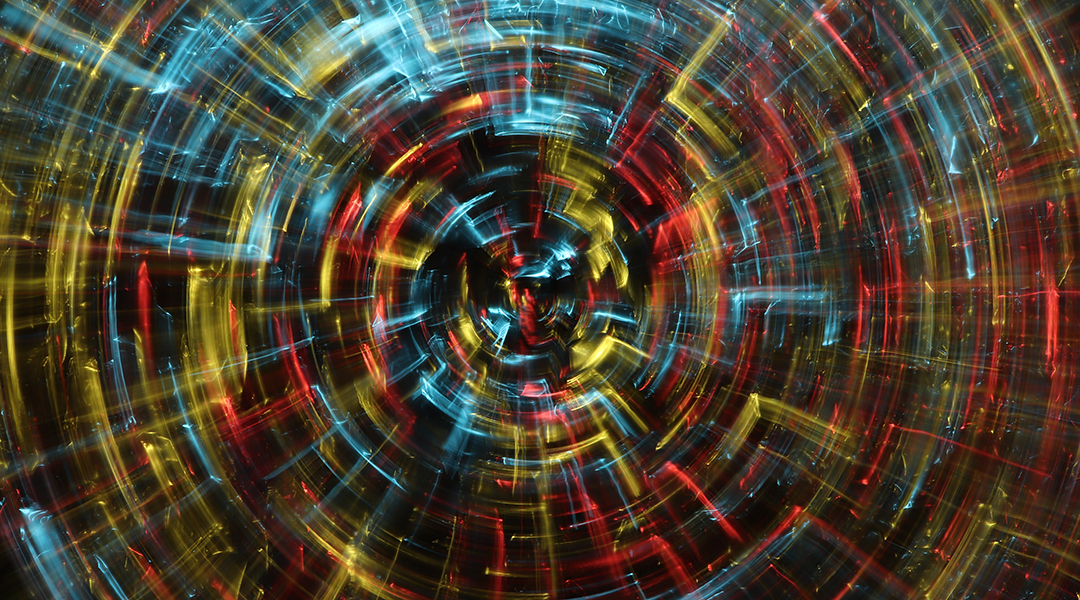

Experiments performed using CERN’s the Large Hadron Collider provide insights into the particles that make up protons and their interactions.
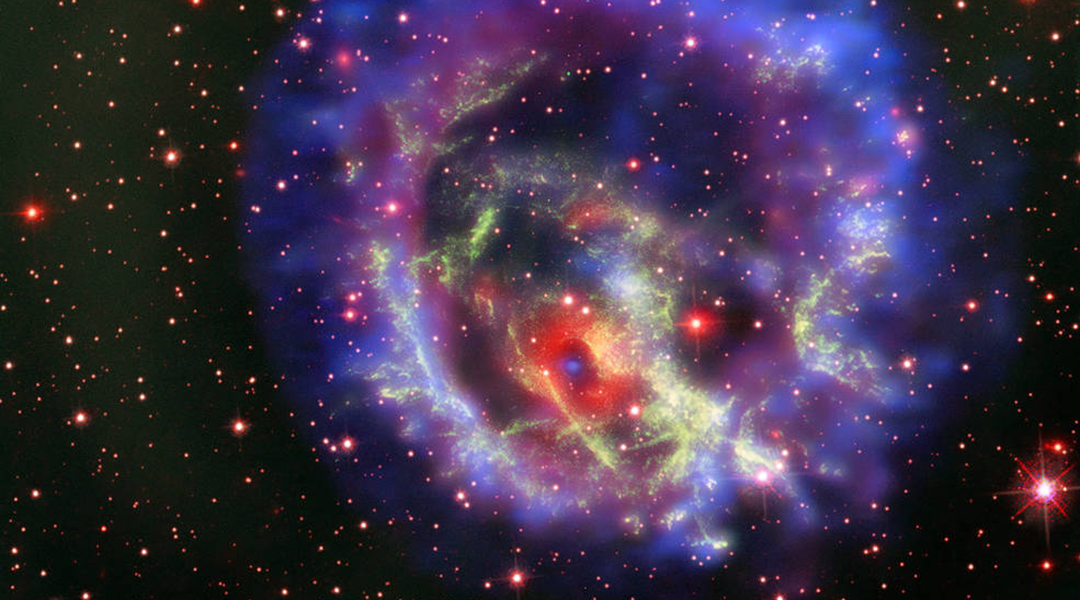
Comparing algorithms used to model spinning neutron stars, scientists hope to better understand the physics of the elementary particles that make them up.
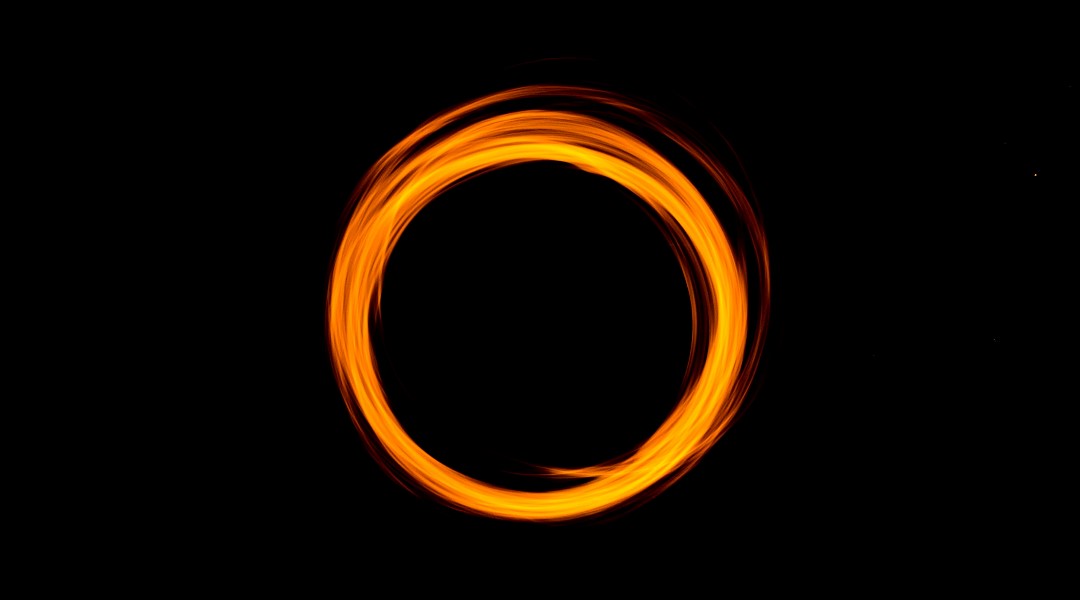
Is it time to start looking for alternatives to WIMPs?
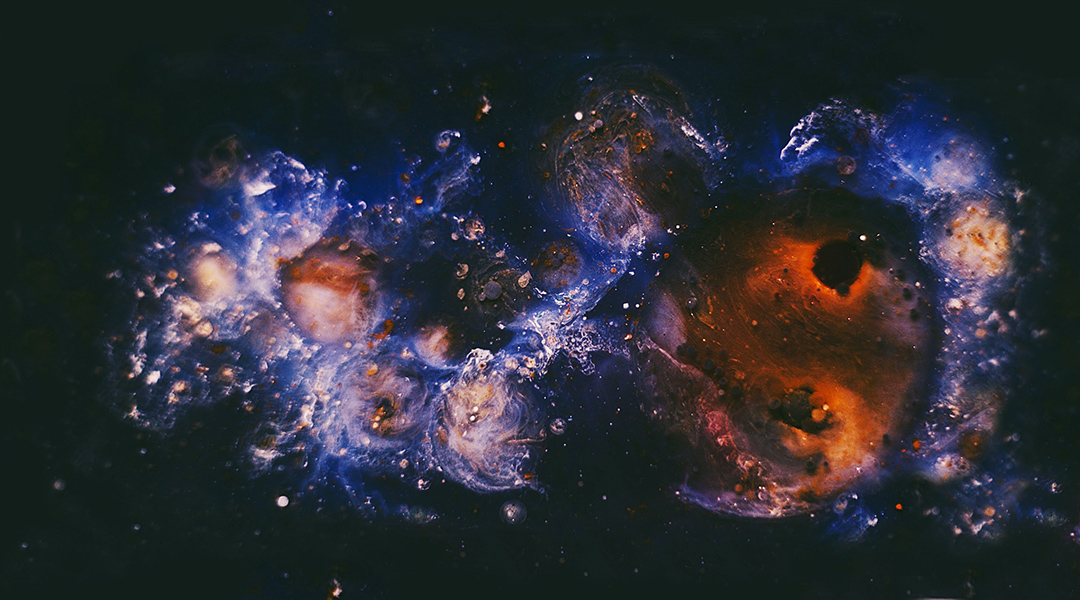
A modification to the theory of general relativity makes it consistent with observable astronomical data without the need for dark energy.
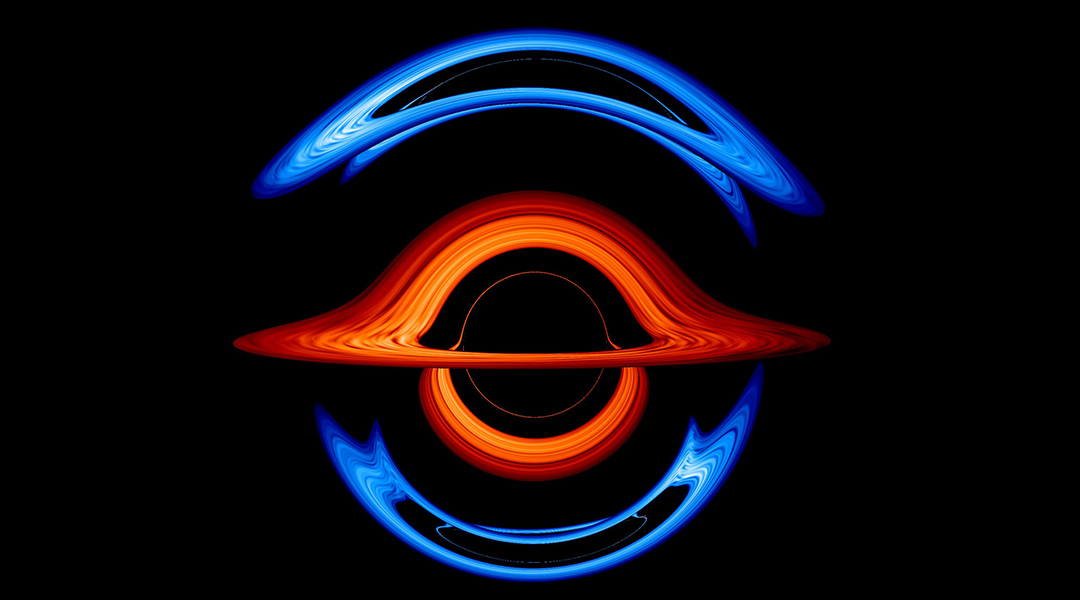
Merging pairs of black holes are thought to have originated from binary stars, but new observations indicate this might not always be true.
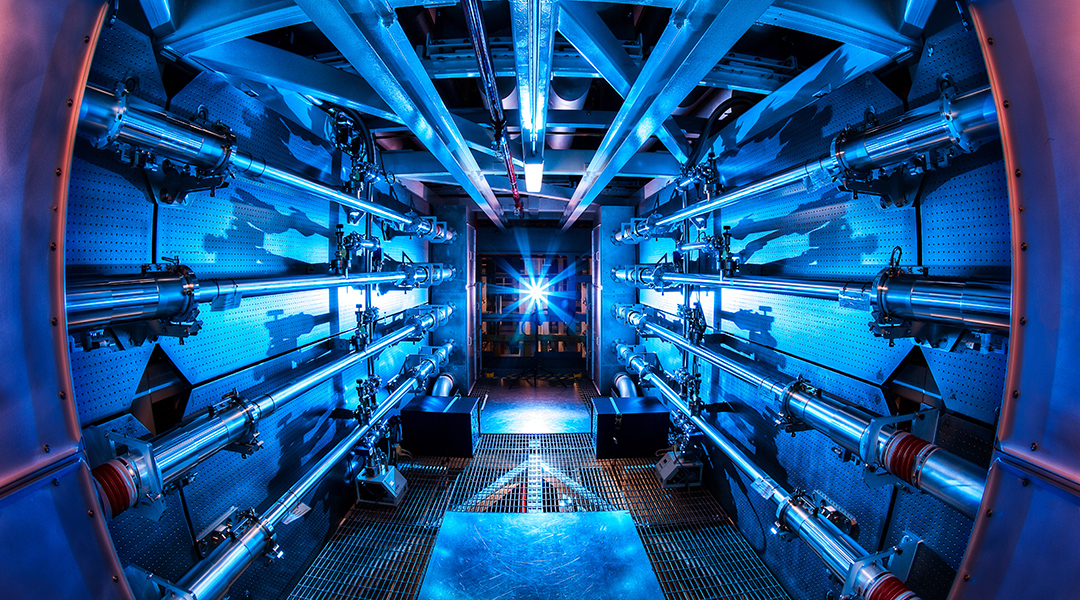
After decades of experimentation, US scientists achieve ignition in a controlled fusion experiment for the first time.
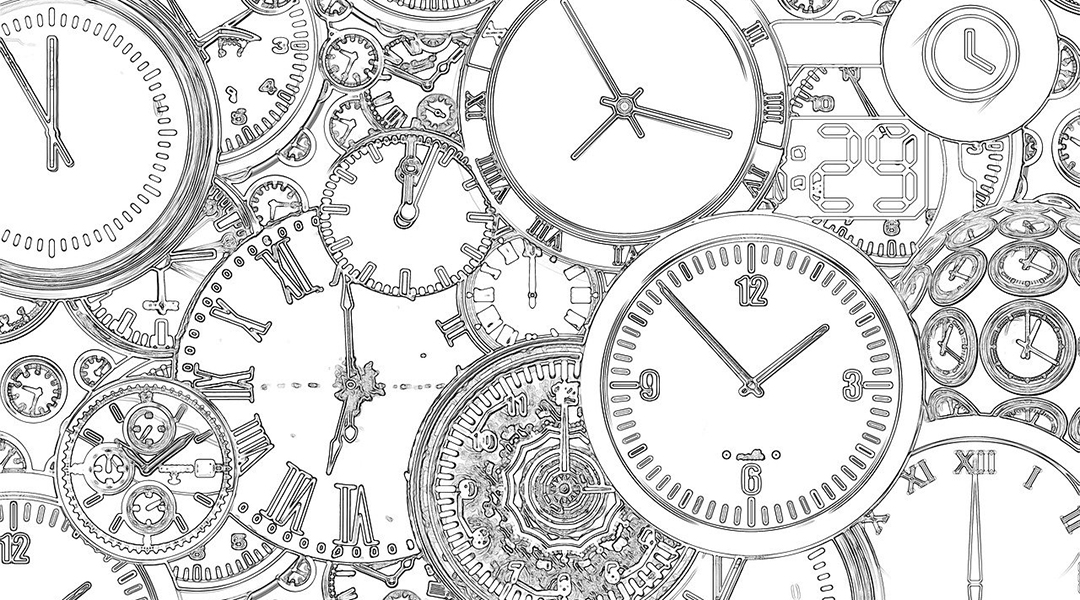
Scientists use quantum entanglement to compare two atomic clocks achieving what might be the ultimate precision possible.

An automated synthesis platform called Chemspeed reduces time and labor when searching for organic molecules as gain mediums in lasers.

Using the motion of sound waves through a superfluid liquid, scientists can model the Universe’s evolution on a reasonable time scale.
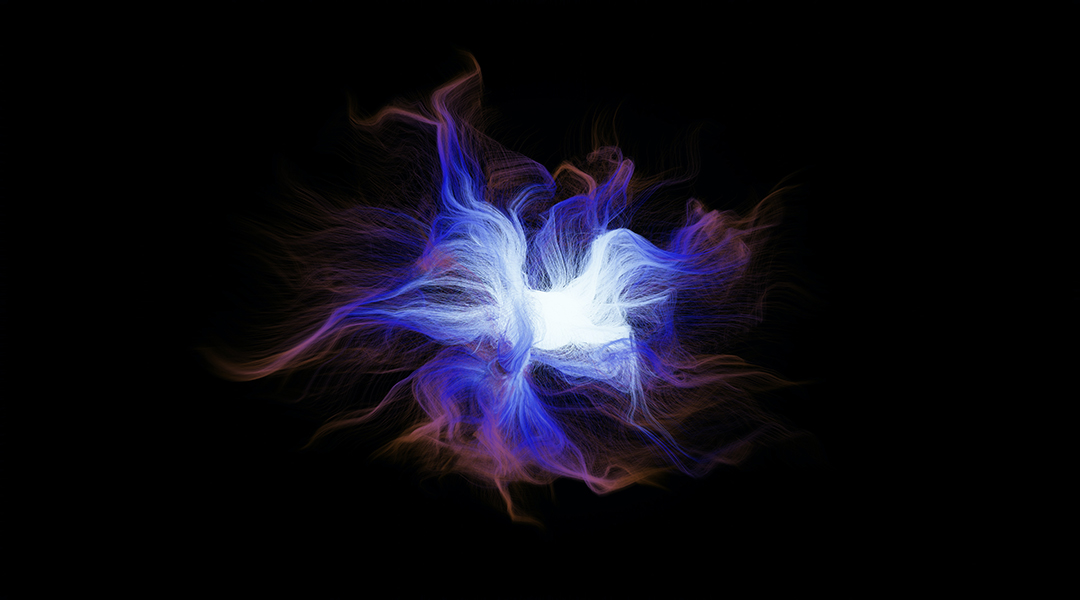
Scientists put chiral perturbation theory to the test with a set of new experiments that have helped define fundamental properties of protons.